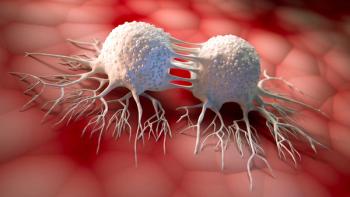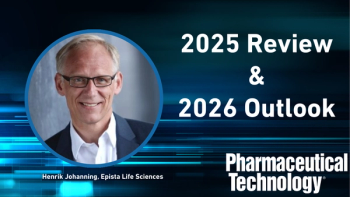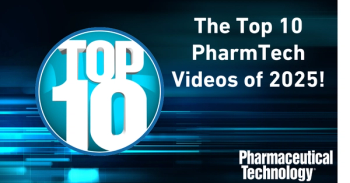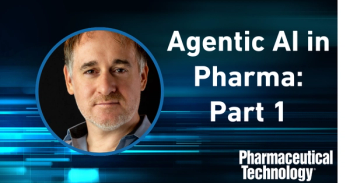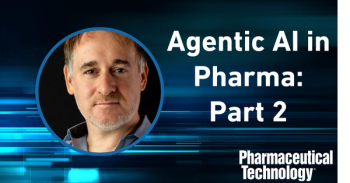
- Pharmaceutical Technology-12-02-2012
- Volume 36
- Issue 12
Harmonizing Global Efforts Against Counterfeits
In addition to globalisation, high financial rewards and low penalties for counterfeiters are contributing to the rise in fake medicines.
In addition to globalisation, high financial rewards and low penalties for counterfeiters are contributing to the rise in fake medicines. Although some progress has been made in several countries to address drug counterfeiting, success is variable and, despite seeing a reduction in counterfeiting for (e.g., Pfizer’s success in reducing Viagra counterfeits), the problem has not been eradicated.
Tighter regulations have helped improve the detection of counterfeit products at various stages of the supply chain and prosecutions appear to be increasing. Pharmaceutical manufacturers, while working to comply with the numerous and varied regulations to prevent counterfeiting, have also undertaken their own initiatives to protect their brands. For example, companies are applying radio-frequency identification (RFID) tags to individual packages and using covert (e.g., tagents, holograms, colour shifting inks) and overt (e.g., tamper-evident seals, barcodes) methods.
However, one method alone is usually not sufficient to prevent counterfeiting, says Janice Kite, traceability director of GS1 Healthcare.
PharmTech spoke to Kite about global collaboration to address these challenges. GS1 is an international not-for-profit association with member organisations in more than 100 countries. The association is dedicated to the design and implementation of global standards and solutions to improve the efficiency and visibility of supply and demand chains globally and across sectors. Part of the association involves GS1 Healthcare, which is a voluntary global healthcare user group that brings together stakeholders from pharmaceutical and medical-device companies; wholesalers, purchasers, and distributors; hospitals and pharmacies; logistics providers; and governmental and regulatory bodies. The mission of GS1 Healthcare is to lead the healthcare sector to the successful development and implementation of global standards that enhance patient safety and supply-chain efficiencies.
GS1 has developed a system of standards (available at
The GS1 system (see Figure 1) includes standards for a number of factors.
- Identification (i.e., the Global Trade Item Number (GTIN) and the Global Location Number (GLN), known as “keys”.
- Capture—the “keys” can be captured in “carriers” (i.e., barcodes such as linear or 2-dimensional, or RFID).
- Sharing of three types of data: Master Data (e.g., includes data elements for product item data: GTIN, description, unit of measure etc.), Transactional Data (e.g., business-to-business messages for purchase order, delivery note, invoice) and Event Data (e.g., Electronic Product Code Information System (EPCIS) to capture and share the “who,” “what,” “where,” and “when” of the products moving through the supply chain.
In terms of challenges, Kite says the biggest difficulty facing manufacturers is the number and variability of regulations that international pharmaceutical manufacturers are required to comply with. “This challenge could be overcome by harmonisation of all regulatory bodies to the GS1 system, for example, using the GTIN for identification, lot/batch number, expiry date and serial number application identifiers for data attributes and the GS1 datamatrix (a 2-dimensional barcode) for carrier type. A recent whitepaper by McKinsey and Co. advocates such an approach (1),” she says. “Another big challenge is the operational changes that manufacturers need to make to their product lines to comply with the variable regulations. In terms of coding, application of serialisation on the production line is a particular challenge; some manufacturers are opting to apply serial numbers at the end of the production line for now.”
With the pharmaceutical supply chain becoming increasingly global, the World Health Organization (WHO) has pointed out the importance of achieving traceability across borders. “We need to be able to trace products across the world to secure the supply chain and protect patients,” says Kite. In terms of the approach used by GS1, Kite explains that its Global Traceability Standard for Healthcare suggests the minimum model to be implemented is the “One-up, One-down” model, which can be achieved given the highly regulated nature of healthcare (2).
For example, one up would mean traceability from the manufacturer/distributor to the hospital and one down would mean traceability to the patient/enduser. This model involves point-to-point information sharing for day-to-day operations. “However, traceability is only as strong as its weakest link—if one link breaks, traceability across the supply chain ends at that point,” she says.
References
1. McKinsey and Co., “Strength in Unity: The Promise of Global Standards in Healthcare” (Whitepaper),
2. GS1 website, “Global Traceability Standard for Healthcare,”
Articles in this issue
about 13 years ago
Pharmaceutical Technology, December 2012 Issue (PDF)about 13 years ago
Tracking the Supply Chainabout 13 years ago
Harnessing the Power of Fingerprinting Technologiesabout 13 years ago
Mice on a Missionabout 13 years ago
When Disaster Strikes at Homeabout 13 years ago
Acquisitions Reshape the Bio/Pharm Services Industryabout 13 years ago
Health Policy Challenges for Obama Administrationabout 13 years ago
Job Securityabout 13 years ago
Innovation in a Leading Disease Target: Alzheimer'sNewsletter
Get the essential updates shaping the future of pharma manufacturing and compliance—subscribe today to Pharmaceutical Technology and never miss a breakthrough.

